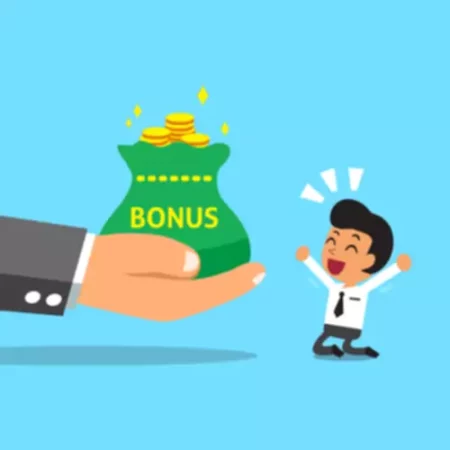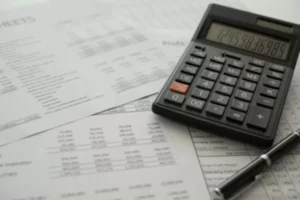One of the income sources that investors rely on when buying shares on the stock market, in addition to the growth in the market value of the stocks, is dividends. A stock is, in essence, part of an operating business that earns a certain amount of profit. An investor who buys shares becomes a co-owner of this business and is entitled to receive a portion of this profit as dividends.
Dividends Explained
When a company is profitable, management can choose to reinvest profits to help grow the enterprise or distribute them to shareholders. Thus, dividends (from the Latin “dividendum” – things to be divided) are a certain part of the profit of a company, divided among all shareholders in accordance with the number of shares and their type owned by the shareholders. They can be compared to bank interest.
The most important body of the organization – the general meeting of shareholders decides whether dividends are paid or not. In the decision, it is mandatory to specify the:
- amount
- form of payment
- date on which the composition of shareholders is fixed – only these persons will receive income.
Not every company pays dividends. Today, only slowly growing established giants such as Microsoft, IBM, Intel, and others can afford it. Young, actively developing companies usually decide to keep their earnings. This is seen as a positive factor because all profits go to the improvement and development of the company, which has a good effect on the growth of share price.
Cash Dividend
Cash dividends are paid out by an organization from its profit to shareholders (investors) in the form of cash. To pay a cash dividend the corporation must have:
- a sufficient balance in retained earnings, and
- the cash necessary to make the payment.
The cash dividend is provided in the face value of the share as opposed to the market value. The face value is the price at which the IPO is issued or the price at which a company’s share is sold for the first time. For example, if the share is traded for $150 on the market, but it was sold for $80 initially, a 5% cash dividend will be calculated using that initial price of $80.
The cash that otherwise would be used for business operations is given to the shareholders. The shareholders then have to pay tax on the income they receive in the form of dividends, which lowers their final value. At the same time, this is often a preferred type of dividend because shareholders can choose to do anything they desire with this income, including reinvesting it back into the company.
Stock Dividend
To pay a stock dividend, an organization increases the number of shares and divides these new shares among its existing shareholders. Since shareholders do not have to pay anything, they are also known as bonus shares. For example, a company can give 2 shares for every 16 shares owned by its investors. This would be a 12.5% share dividend (usually, they are much lower). This issue is given only to the existing shareholders of the business.
Stocks are usually issued to existing shareholders if the company desires to use the money for other purposes or it simply does not have enough cash but still wants to keep the shareholder happy. They can also provide evidence of management’s confidence that the company is doing well.
Stock dividends have no effect on total stockholder’s equity, assets, or liabilities. At the same time, the price per share goes down. For example, if 100 shares cost $180 before the dividend payout, the 105 shares will also cost $180 after the dividend payout. There is a special formula one can use to calculate this price adjustment: Price per share before giving bonus share / (1 + Rate of bonus share). Thus, they can be used to keep the market price on the stock affordable.
What is Better?
Now that you know the difference between the two types, let’s see which one is better for you. The cash dividend is always a better option for individuals who desire to get a return on their investment as soon as possible. During the stock market downtrend/crash, the better option to opt for is dividends to be paid in the form of cash.
The cash dividend can emphasize good financial results of the company and provides support to the share price. Dividends also reduce excess cash flow and may reduce agency costs that arise from conflicts between company management and its shareholders.
Receiving stock dividends also has its advantages and disadvantages. Among the advantages, we can highlight more investing opportunities for new investors because the price becomes more affordable. Declaration of stock dividend creates a psychological effect in the mind of the shareholders that the firm is competitive and is profitable to them. Their investment also increases with zero investment costs.
One of the key advantages of a stock type of dividend is an option to keep the new shares or try to sell them to get some cash income. It should be noted that some stock dividends can initially come with an option to receive cash dividends instead.
Another advantage is that, in some conditions, this type of payout is not taxable. For the company, this type of dividend means an increase in cash reserve and liquidity as well as a possible expansion of the business. At the same time, it still has an obligation to pay the dividend in the future and it can be costly to administer.



















